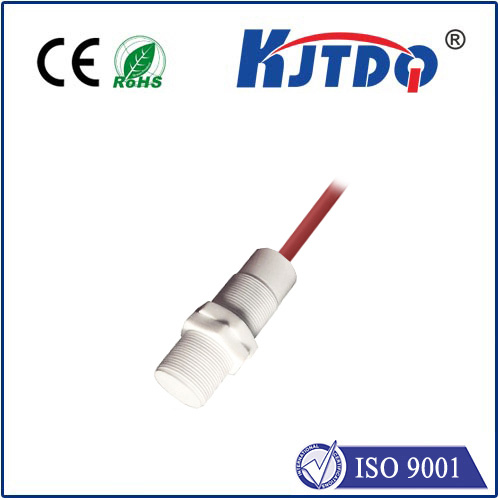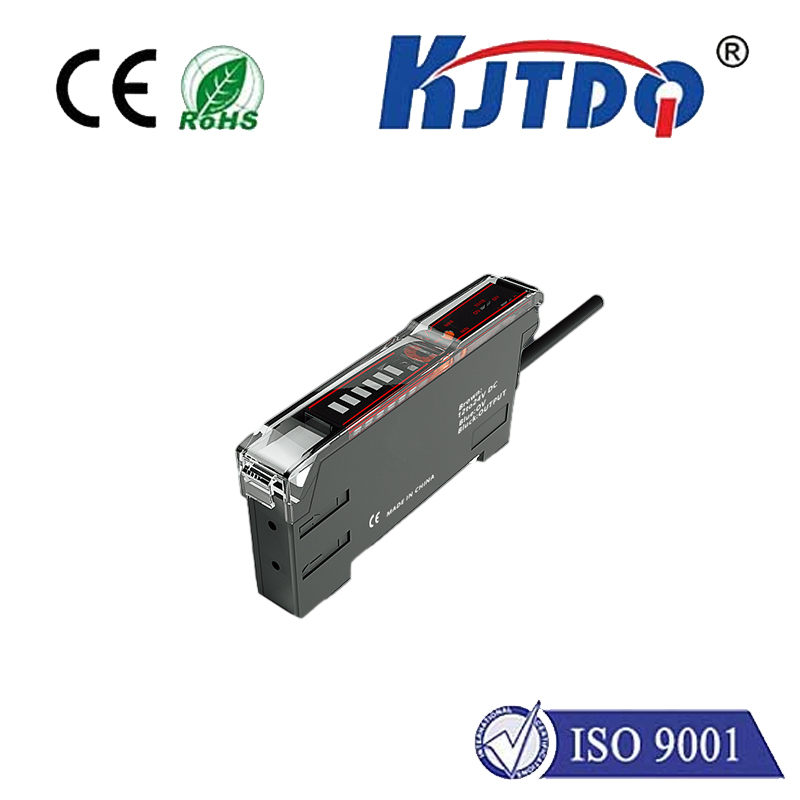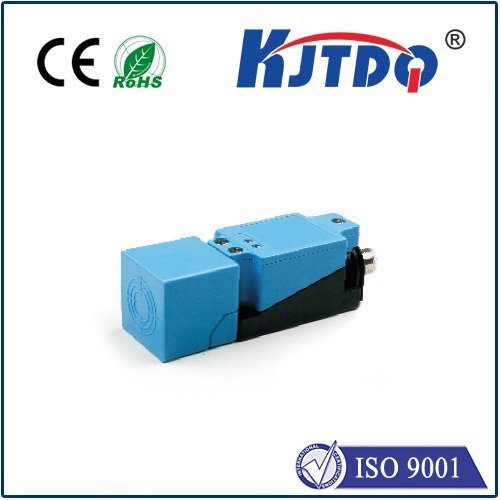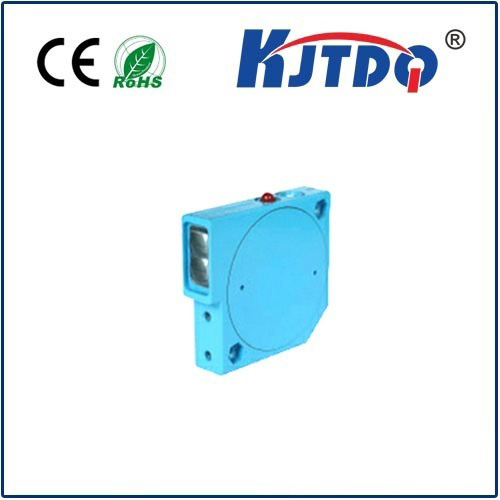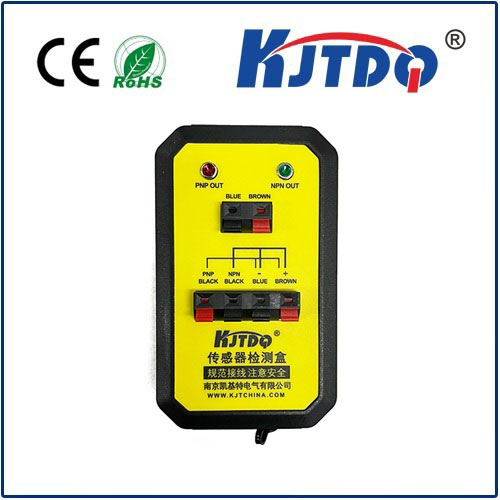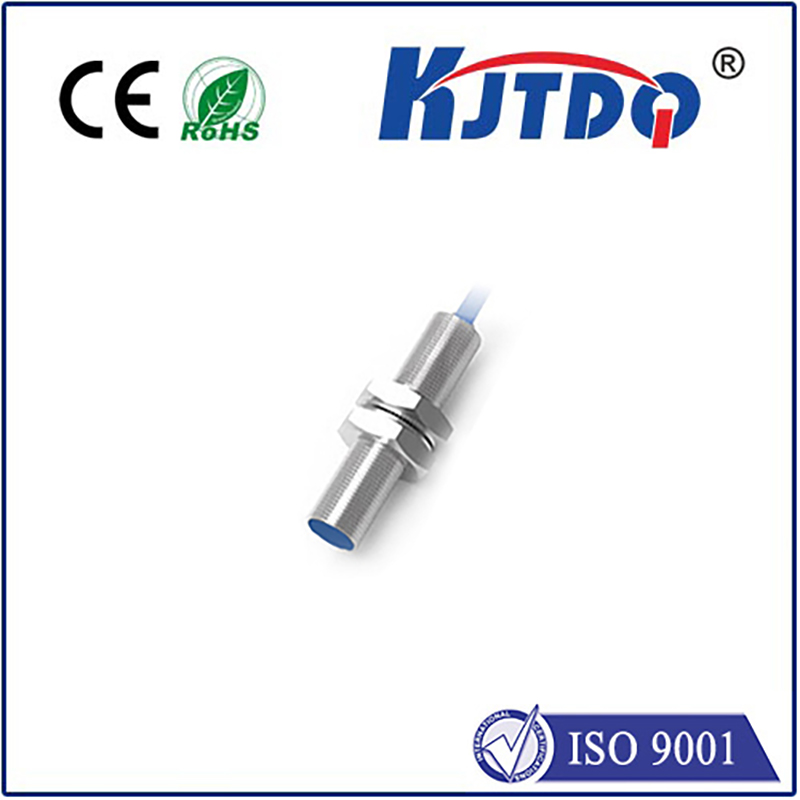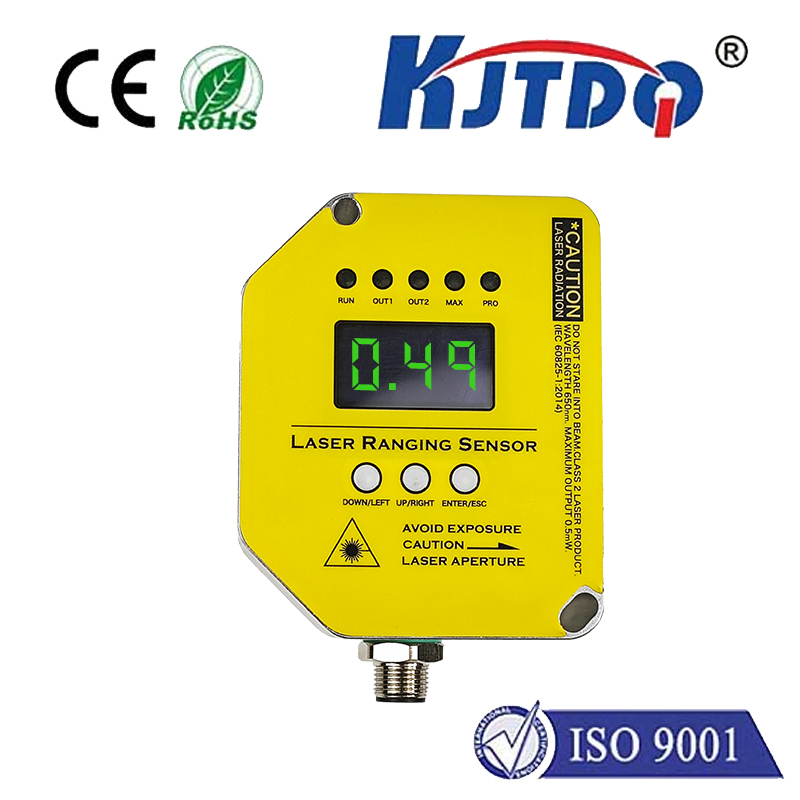
check

check

check

check

The Importance of Turbine Revolution Sensors in Modern Technology” In the world of modern technology, sensors play a crucial role in ensuring the smooth functioning of various systems. One such sensor that has gained significant importance in recent years is the turbine revolution sensor. This device is used to measure the rotational speed of a turbine, which is then used to control various aspects of the system. In this article, we will explore the significance of turbine revolution sensors and how they have revolutionized modern technology. Understanding Turbine Revolution Sensors Turbine revolution sensors are devices that detect the speed at which a turbine rotates. They do this by measuring the frequency of the electrical signal generated by the turbine’s rotation. The faster the turbine spins, the higher the frequency of the signal. This information is then used to control various aspects of the system, such as fuel flow rates, compressor speeds, and power output. Applications of Turbine Revolution Sensors Turbine revolution sensors have found applications in a wide range of industries, including aviation, automotive, marine, and power generation. In aviation, these sensors are used to monitor the speed of jet engines and adjust fuel flow rates accordingly. In automotive applications, they are used to control the speed of turbochargers and superchargers. In marine applications, they are used to monitor the speed of ship propellers and adjust engine performance accordingly. In power generation, they are used to monitor the speed of wind turbines and adjust their operation to maximize energy production. Benefits of Using Turbine Revolution Sensors There are several benefits associated with using turbine revolution sensors in modern technology. For one, they help improve the efficiency of systems by ensuring that they operate at optimal speeds. This leads to increased productivity and reduced operating costs. Additionally, these sensors help improve safety by providing accurate information about system performance, allowing operators to take corrective action before problems arise. Finally, turbine revolution sensors help reduce environmental impact by optimizing fuel consumption and reducing emissions. Challenges Associated with Turbine Revolution Sensors Despite their many benefits, there are also some challenges associated with using turbine revolution sensors. One of the main challenges is ensuring that the sensors are accurate and reliable over long periods of time. This requires regular maintenance andcalibration, which can be time-consuming and expensive. Another challenge is integrating these sensors into existing systems, which can require significant modifications and additional infrastructure. Conclusion In conclusion, turbine revolution sensors have revolutionized modern technology by providing accurate and reliable data on system performance. They have numerous applications across various industries and offer numerous benefits, including improved efficiency, safety, and environmental sustainability. However, there are also challenges associated with their use, including ensuring accuracy and reliability over time and integrating them into existing systems. As technology continues to advance, it is likely that we will see even more innovative uses for turbine revolution sensors in the future
